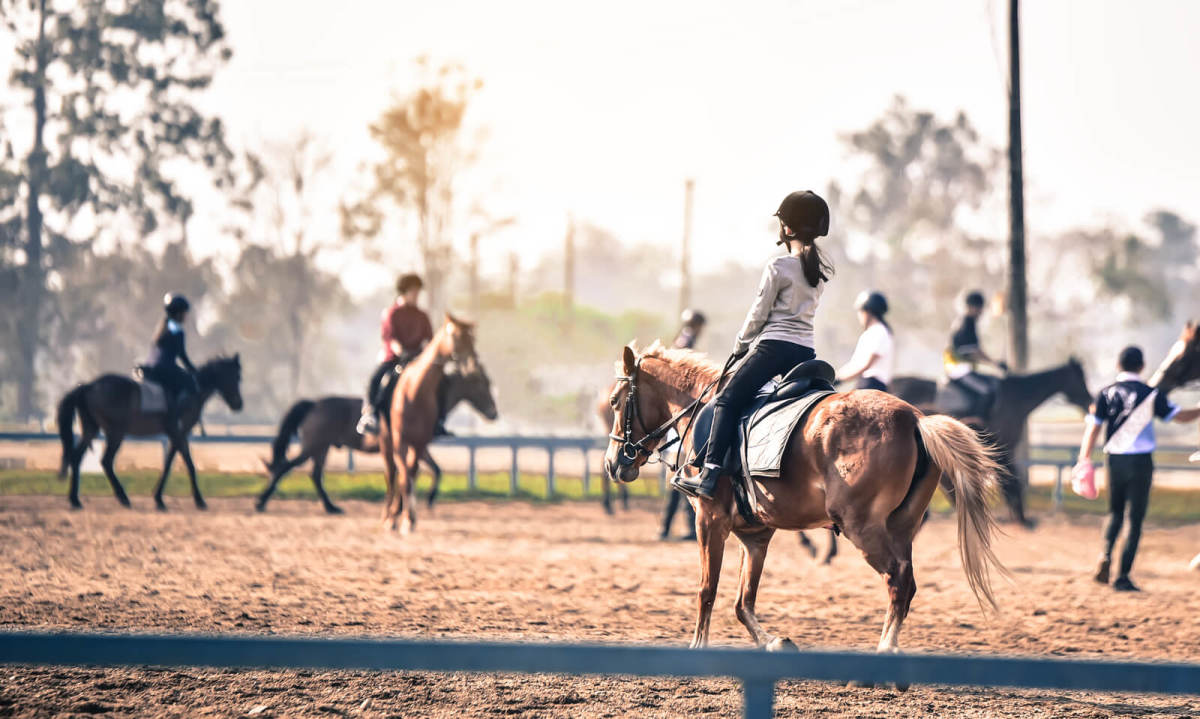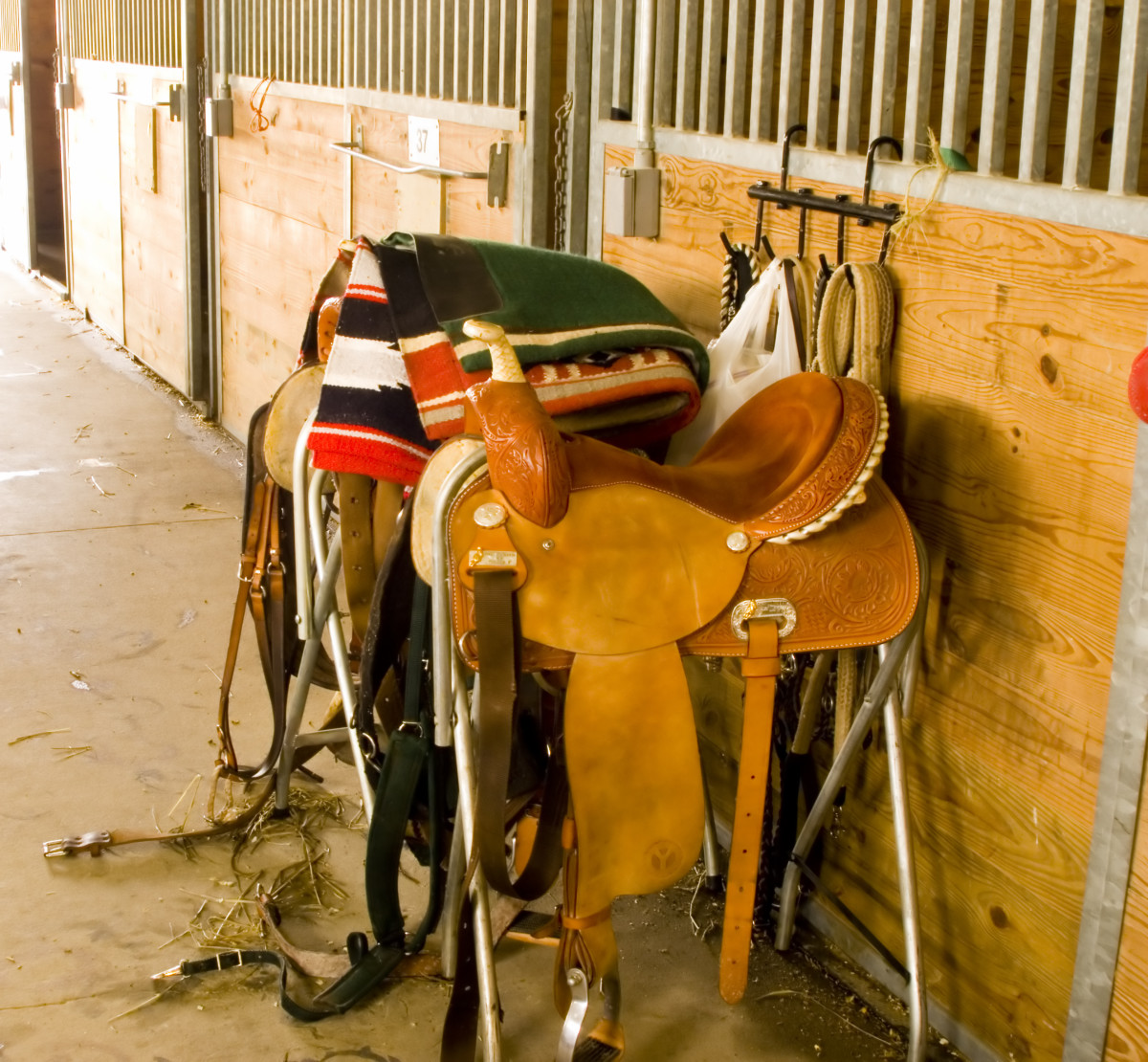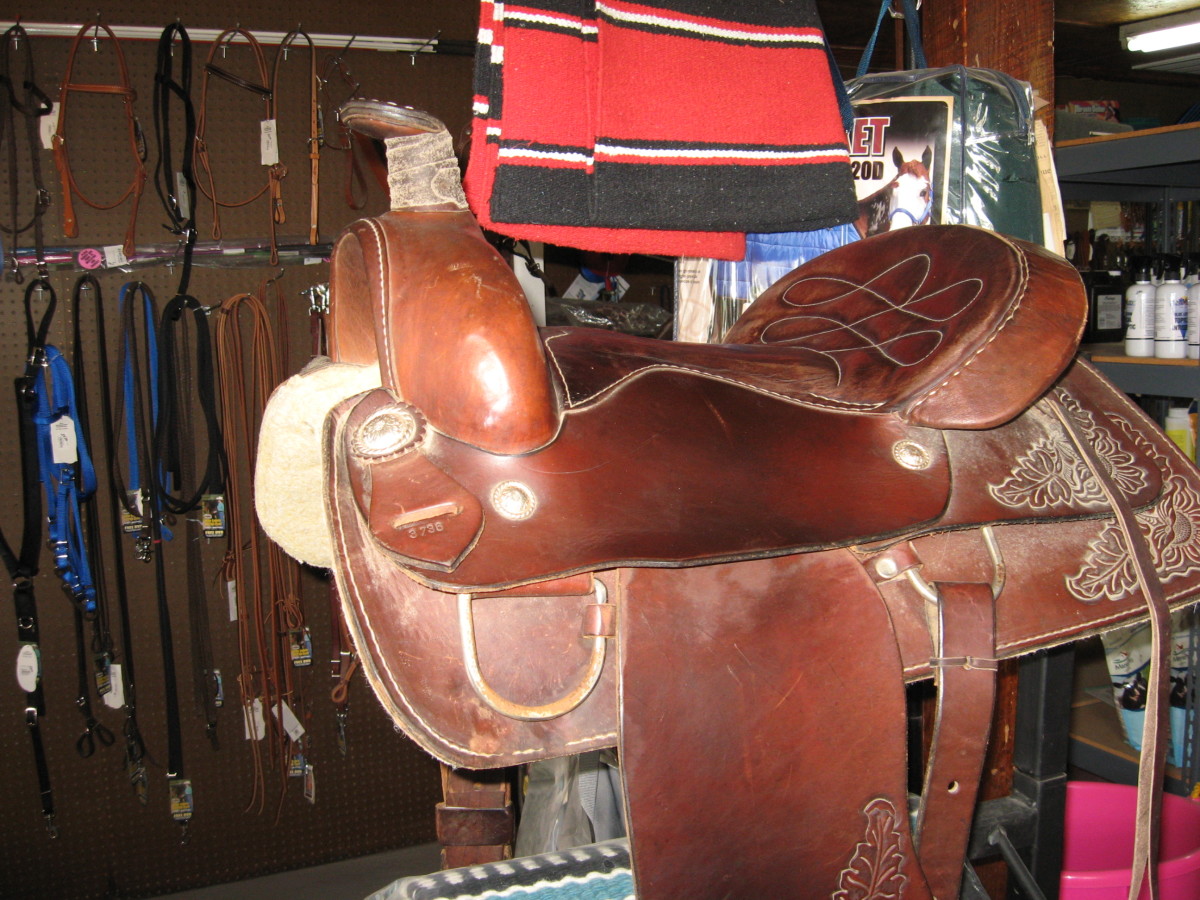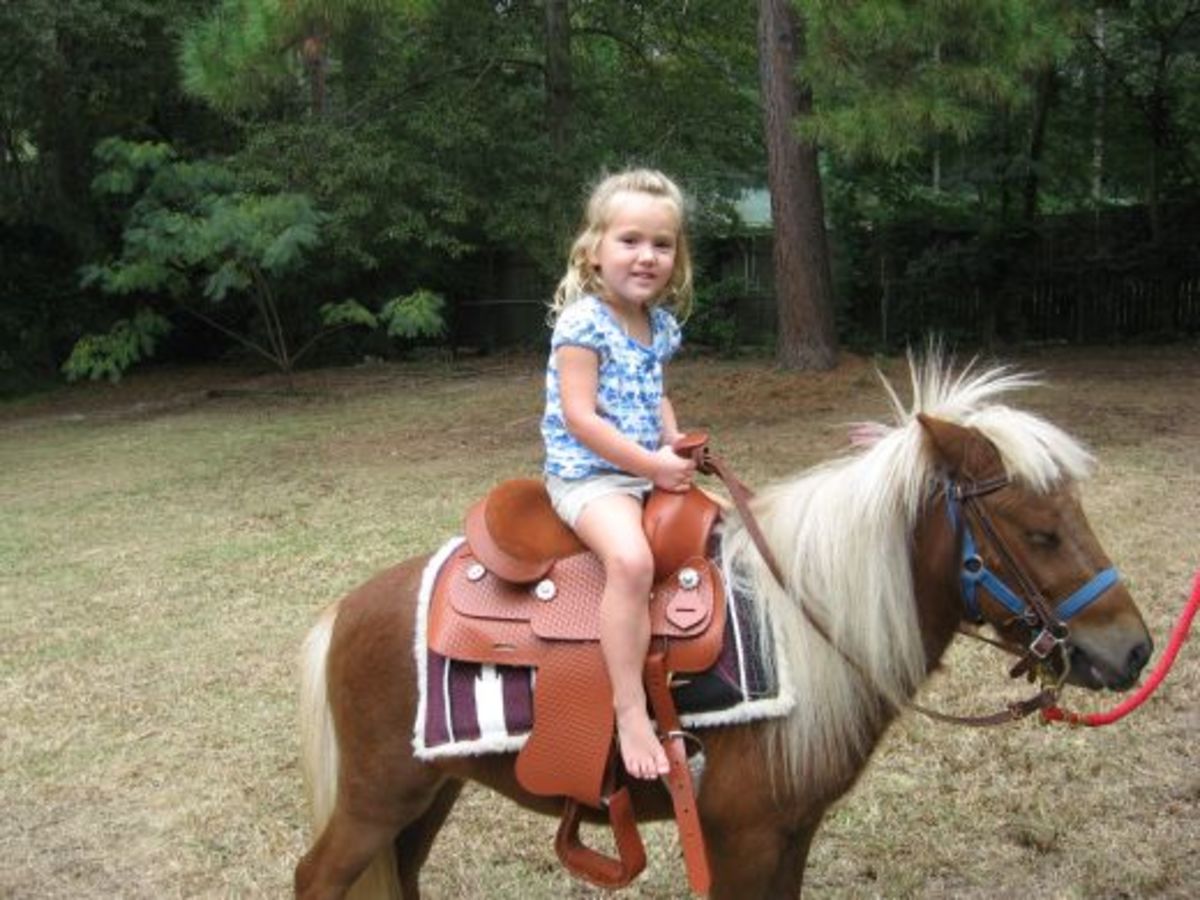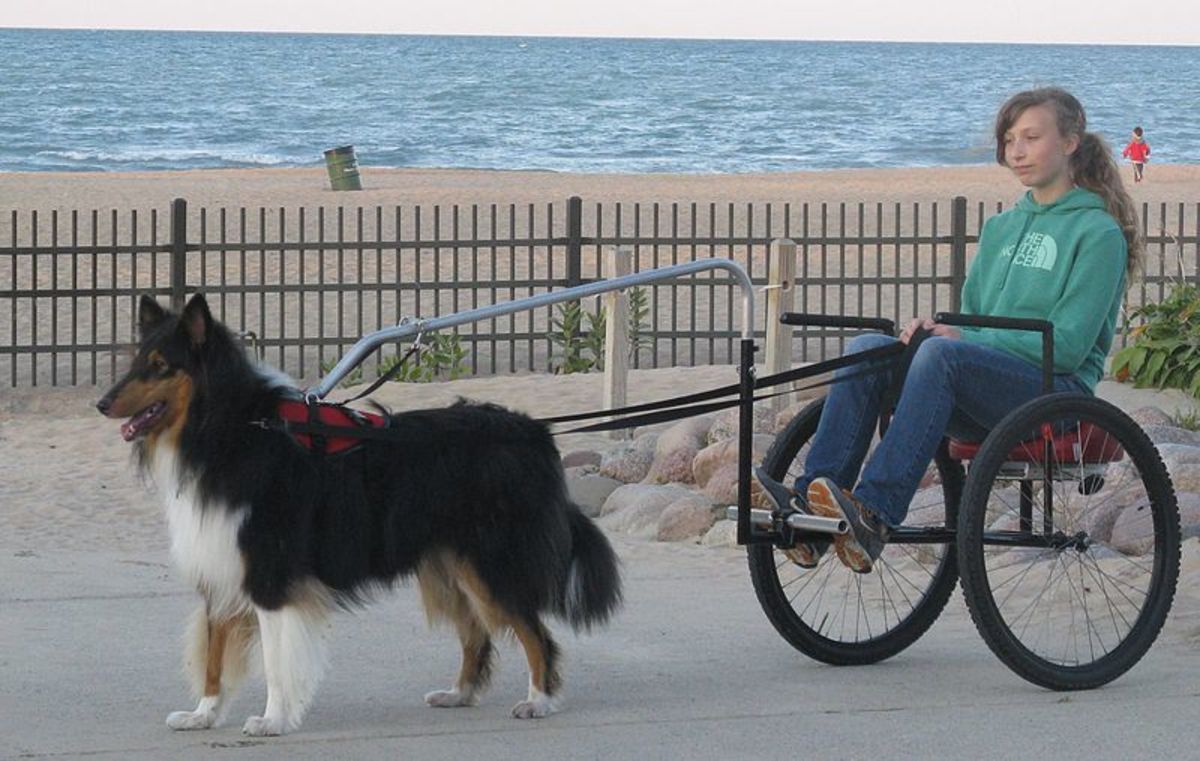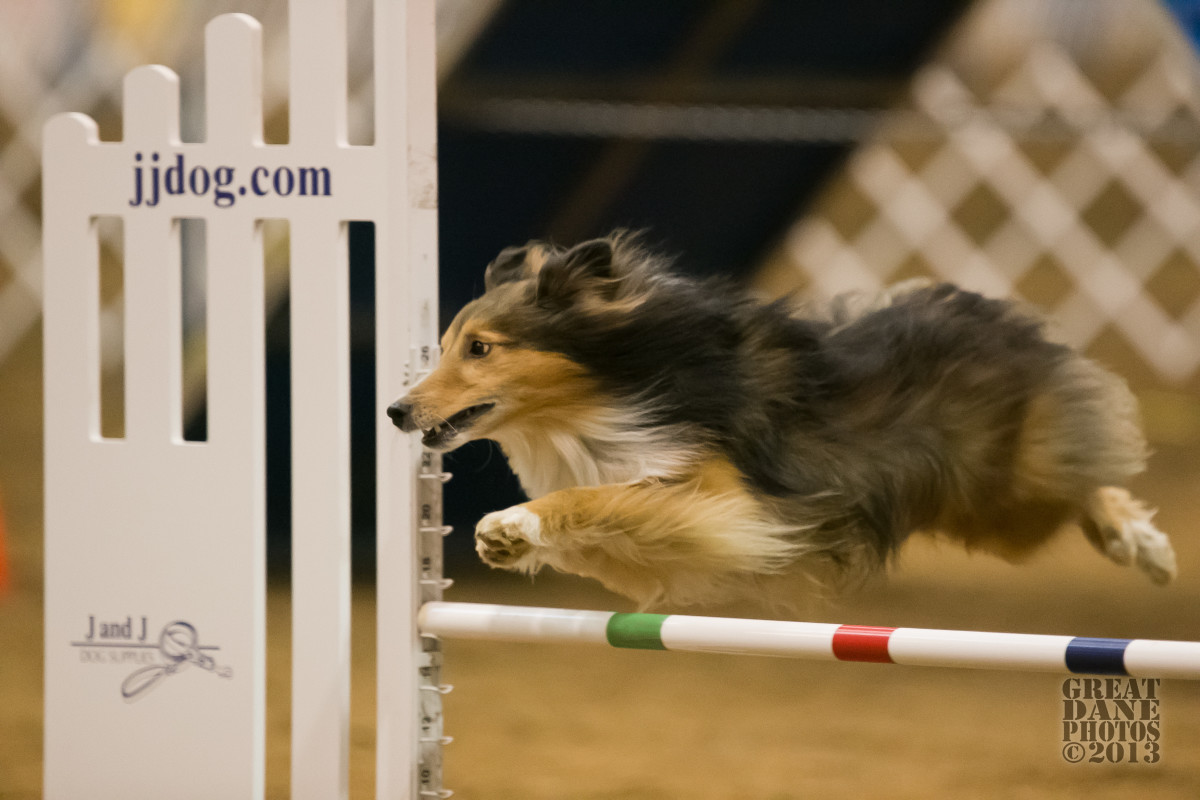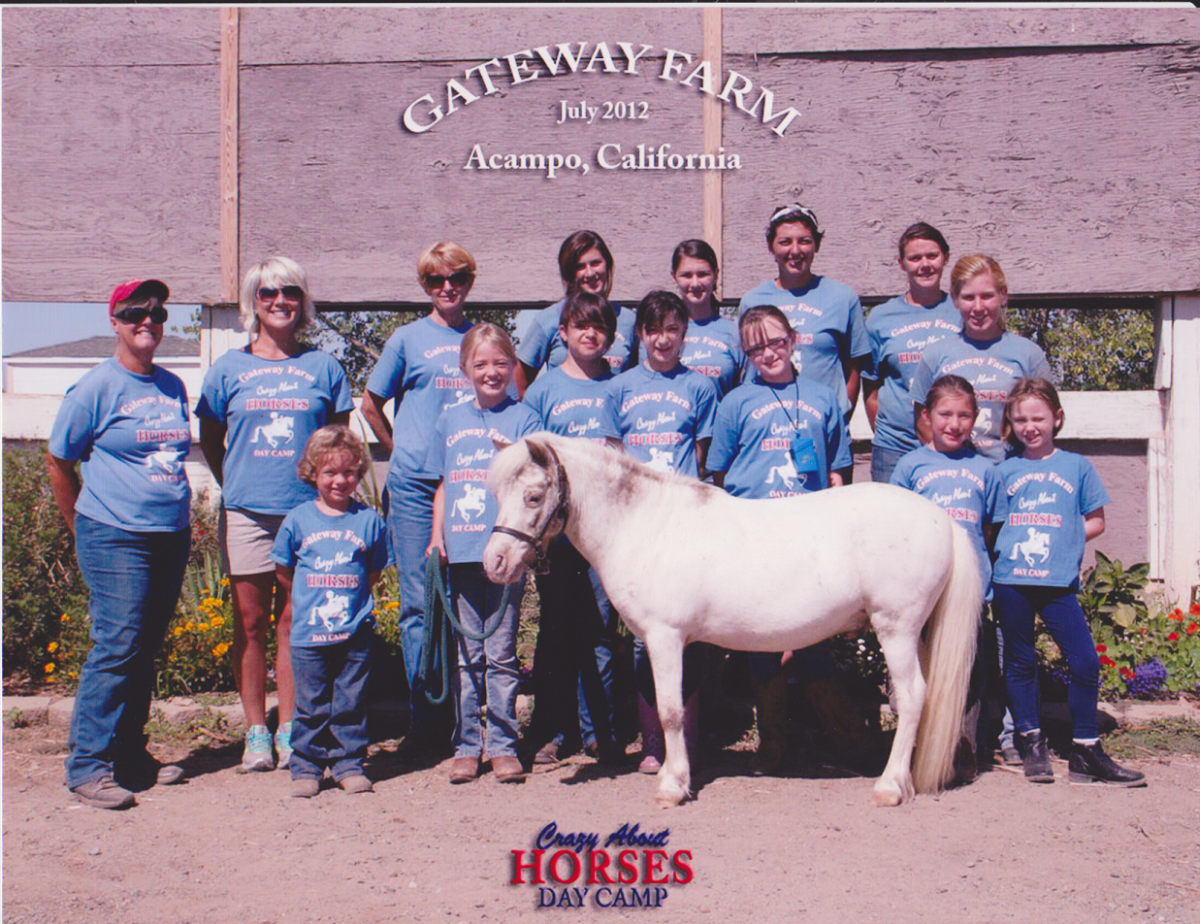English Saddles: A Look At Unique Competition Styles And When To Use Each
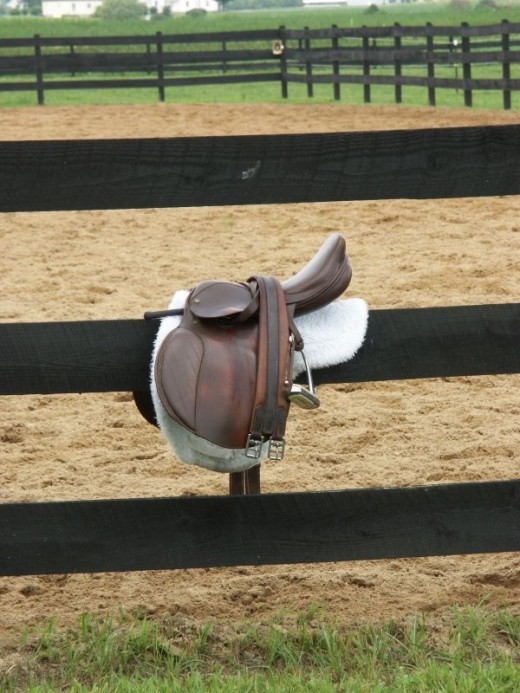
Like all other articles of horse riding equipment, the English saddle has evolved to meet specific needs of different riding styles. Traditionally, the English saddle has been geared more toward hunting and jumping than working livestock. However, the colonial English saddle looks more like what is now recognized as an Australian stock saddle than anything riders would expect to see in the show ring today.
Unlike the heavy Western saddle or the unique Australian stock saddle, English saddles are designed to be lightweight and to allow for closer contact with the horse. These attributes are especially useful when jumping, performing dressage, or eventing. Each style of English riding has its own set of rules and regulations that determine which type of saddle and other horse riding equipment is appropriate
Whereas roping cattle requires a heavier saddle with a horn, English saddles are designed to allow for greater freedom of movement, closer contact with the horse, and the proper seat and leg position for different styles of riding, whether it is equitation on the flat, jumping over small to medium sized jumps, or vaulting over hedges and eventing style barriers. English saddles come in a variety of styles that feature different placement and length of the flap that lies under the rider's leg and the depth and position of the seat.
Seat & Flap Position
As one of the most basic articles of horse riding equipment, the English saddle can be further differentiated by an analysis of the seat and the flaps. It is important that the rider has a clear understanding of the parts of a saddle before deciding which style to purchase.
A deeper seat causes the ride to sit more upright, as in dressage, whereas a flatter seat allows for greater freedom of movement, such as needed by eventing riders and hunter-jumpers. Some saddles features padded knee rolls that hold the leg in position, such as are commonly found in jumping saddles, in contrast to the close contact saddles used in eventing and polo. Some seats position the rider more forward, while other saddles allow a rider to assume the two-point position for jumping with their read-end elevated and back, something that would be difficult at best in a saddle with a higher back, or cantle.
The flap position is another indicator of the type of riding for which a saddle has been designed. The long, straight flap of a dressage saddle indicates that the leg position is up and down, with very little movement, whereas the forward-tilted, shorter flap of a jumping saddle provides room for the horse's leg and shoulder movement, along with the rider's need to be able to shift positions between flat work and working over fences.
Understanding the various ways these factors are combined can help the beginner learn how to identify different types of saddles. This knowledge can also help riders buy the best saddle for their style of riding. The basic types of saddles include all-purpose, jumping, eventing, hunting, and dressage. Other English styles include the Saddle Seat design used on gaited, high action horses, lightweight racing saddles, polo saddles, sidesaddles, and those designed for children.

All-Purpose English Saddles
This is the saddle that most beginning riders start with. This most basic piece of horse riding equipment is relatively inexpensive and highly flexible in its use, being functional both on the flat and over fences. Also known as a general-purpose saddle, this design is a modification on an eventing saddle, with a slightly higher cantle.
The seat is deep, providing stability and comfort. The deeper seat also offers the rider an extra measure of security. The flaps are medium to long in length and slightly forward to provide protection and support while jumping. Often, knee blocks, a feature of horse riding equipment common to Australian Stock saddles, are added to provide extra stability.
The all-purpose saddle is commonly seen in entry- and intermediate-level classes. Its flexibility make it an excellent choice for a first saddle, since it can be used in equitation and jumping classes, trail riding, moderate endurance riding, and schooling.
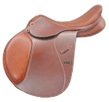
Close Contact English Saddles
The close contact saddle is designed for jumping and schooling. Close contact jumping saddles have a flap that sits well forward, where the knee position must be over fences. Close contact saddles are used in hunt seat equitation and hunter-jumper classes, fox hunting, and in the jumping phase of eventing. The lightweight design of close contact saddles allows the rider to better feel the movement of the horse, to maintain a greater awareness of the horse's shoulder action and bending, without interference from overly thick or heavy horse riding equipment.
Close contact saddles allow greater freedom of movement to both horse and rider. The cantle and pommel are both relatively low, allowing the rider the freedom to move in and out of the two-point jumping position while staying balanced. Some close contact saddles feature knee rolls to provide support to the rider over fences. Close contact saddles are very popular for casual riding as well as competition level jumping.

Hunter-Jumper English Saddles
The tradition of the hunter-jumper category began with the sport of English fox hunting in which riders would gallop across the countryside, jumping large hedges, fallen logs, and small creeks. This style of riding requires that the horse be able to move freely in a variety of environments while the rider is provided with the support needed to stay secure over difficult fences.
Similar to the close contact and all-purpose saddles, hunter-jumper saddles are designed to allow the rider to move comfortably into the two-point position while keeping their feet well forward for increased stability and balance. The deeper seat of the hunter-jumper saddle helps the rider stay secure over difficult terrain and to maintain the correct body position coming down from challenging jumps. These saddles are designed with the serious competitor in mind. A secure seat is combined with close contact to cut seconds from a performance, all while protecting your horse's back.
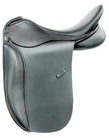
Dressage Saddles
Dressage is the ballet of horsemanship. Dressage saddles feature a long, straight flap, indicative of the correct leg position. The body position is held more forward than is found in a jumping or eventing saddle, with a higher pommel and a deeper seat, helping to increase the long, straight leg position and upright body position. Padding is generally kept to a minimum to allow for clear and concise communication between horse and rider. This communication is further facilitated with flaps made of much thinner leather than jumping or endurance saddles, and the forward placement of the girth. This avoids interference with cues from the leg.
Eventing Saddles
At the opposite end of the riding spectrum from dressage is eventing. Instead of the highly stylized and controlled movements of dressage, eventing runs the gamut of equitation, jumping, and cross-country hunting. Endurance saddles feature details that add to the comfort of both horse and rider as they cover difficult terrain for extended periods of time. For the rider, endurance saddles are more thickly padded but normally have a somewhat flatter seat than is found on all-purpose or hunter-jumper saddles.
The rider's weight is displaced over a larger area in eventing saddles to protect the horse's back and to reduce fatigue. Also, the flaps tend to be wider and thicker to provide more protection. Endurance saddles generally come with more D-rings than are seen on most English saddles, to allow items to be attached more easily. They also usually provide better sweat evaporation to prevent overheating.
Those new to eventing often use an all-purpose saddle for all three phases of competition. As skill levels increase and competition gets more challenging, most event riders opt for separate saddles for each event to improve the likelihood of success by allowing themselves and their horse to perform optimally.
For a casual ride through the park, work in the lesson ring, and competition at the beginner and intermediate levels, over fences and on the flat, the all-purpose or general-purpose saddle, with its deep seat and moderately long flaps, provides all the comfort and support a rider needs. For greater awareness of and communication with your horse, a close contact saddle is the best choice for jumping and schooling. For more adventurous jumping and higher-level competitions, the hunter-jumper saddle provides better security and balance over higher jumps and rougher terrain with its higher cantle.
The longer seat of the endurance saddle combines the support of the hunter-jumper saddle with the clear communication of the close contact saddle. For the ultimate in communication and control, the dressage saddle allows the rider to sit upright and subtly control every movement made by their mount with leg and hand cues that are all but invisible to the untrained eye.
Each type of English saddle has its advantages and its best use. Most riders begin with an all-purpose saddle and other basic horse riding equipment until they have ridden enough to determine the direction their riding is going to take them.

